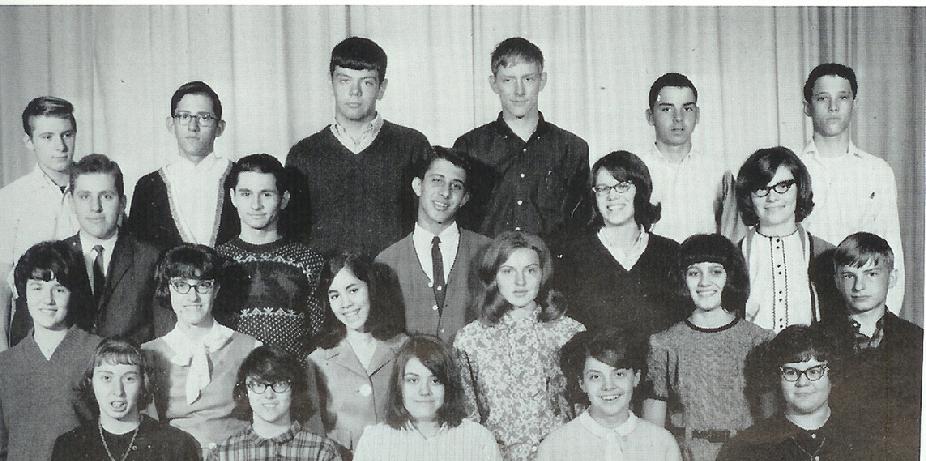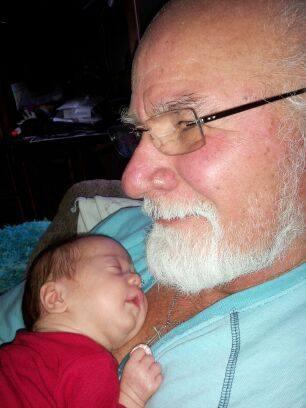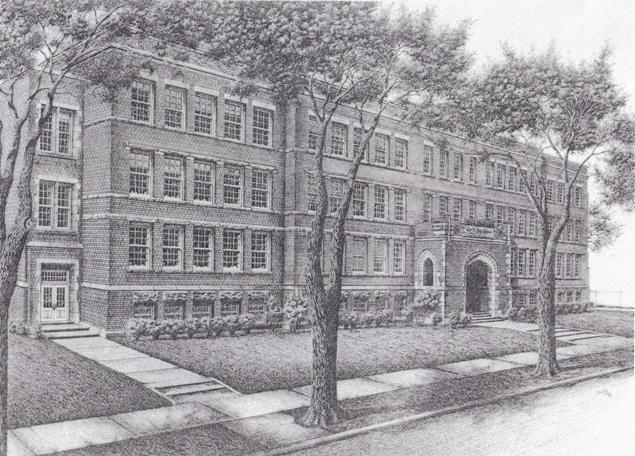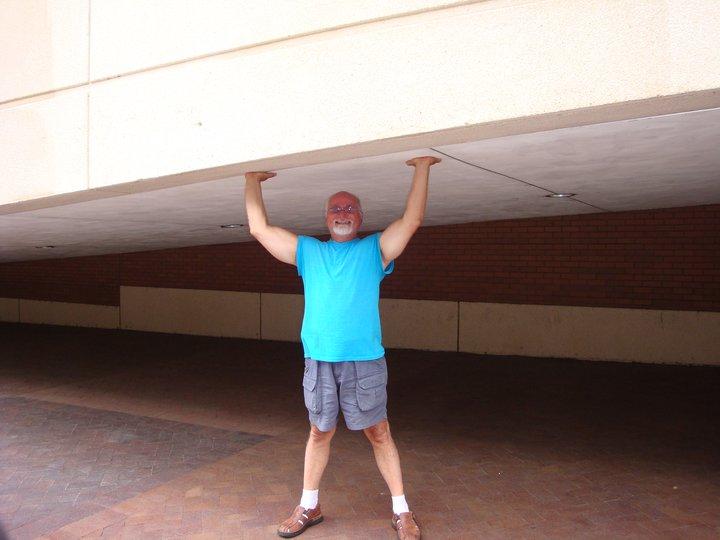Important Message
This Website Terms and Condition of Use Agreement
also known as a 'terms of service agreement'
Will be at the bottom of most web pages!
Please read it before using this website.
Thank You
|
|
North High School
Class of 1966
| |
|
Last Update:
June 24th,2016
|
|
|
Status
|
Located |
|
Location
|
Lives in New Brighton, Mn 55112
From Mayaguez, Puerto Rico
|
|
Email
|
|
|
Personal Website
|
|
|
Business Website
|
|
|
Photo Website
|
|
|
Birthday
|
May 11, 1946 |
|
Spouse/Partner
|
Married |
|
Children
|
|
|
Employer
|
Worked at Metro Transit, Minnepolis, MN - Retired |
|
Facebook
|
Yes - Click Here |
|
Biography
|
Retired. Interested in motorcyclying - I have a 2005 Goldwing. I like football and traveling. |
|
|
| Mayagüez (Spanish pronunciation: [maʝaˈɣwes]) is the eighth largest municipality of Puerto Rico. Originally founded as "Nuestra Señora de la Candelaria" it is also known as "La Sultana del Oeste" (The Sultaness of the West), "Ciudad de las Aguas Puras" (City of Pure Waters), or "Ciudad del Mangó" (City of the Mango). On April 6, 1894, the Spanish crown gave it the formal title of "Excelente Ciudad de Mayagüez" (Excellent City of Mayaquez). Mayagüez is located in the center of the western coast on the island of Puerto Rico. It is both a principal city of the Mayagüez Metropolitan Statistical Area and the Mayagüez–San Germán–Cabo Rojo Combined Statistical Area.
History
Taíno Indians who inhabited the territory, called the island Borikén or Borinquen which means: "the great land of the valiant and noble Lord" or "land of the great lords". Today this word -used in various modifications- is still popularly used to designate the people and island of Puerto Rico. The Taíno Indians, who came from South America, inhabited the major portion of the island when the Spaniards arrived. The Taíno Indians, lived in small villages, organized in clans and led by a Cacique, or chief. They were a peaceful people who, with a limited knowledge of agriculture, lived on such domesticated tropical crops as pineapples, cassava, and sweet potatoes supplemented by seafood.
Mayagüez was officially founded on September 18, 1760 by a group led by brothers Faustino and Lorenzo Martínez de Matos, Juan de Silva and Juan de Aponte, at a hill located about one kilometer inland from Mayagüez Bay and the outlet of the Yagüez River. The Spanish Crown granted the founders the right to self-government in 1763, formally separating the town from the larger Partido de San Germán. Originally the settlement was named Nuestra Señora de la Candelaria de Mayagüez (Our Lady of Candelaria of Mayagüez) to evoke an apparition of the Virgin Mary on the island of Tenerife, one of the Canary Islands. Most of the town's settlers, including its founders, originally migrated from the archipelago, whosepatron saint is the Virgin of Candelaria.
|
|
On May 7, 1836, the settlement was elevated to the royal status of villa, and Rafael Mangual was named its first mayor. At the time, the villa's principal economic activity was agriculture. The famous patriot, educator, sociologist, philosopher, essayist, and novelist Eugenio María de Hostos was born in Mayagüez in 1839.
On July 10, 1877 the villa formally received its city charter from the Royal Crown of Spain.
|
The city's main Roman Catholic church, "Our Lady of the Candelaria" (plot consecrated on August 21, 1760, first masonry building erected in 1780, current church originally built in 1836) was rebuilt in 1922. The original redesign by architect Luis Perocier sought to restore the building to its original splendor. Not only had the 1918 Puerto Rico earthquake destroyed the temple's ceiling, but a lightning bolt also struck and tore down a wedge-shaped corner of one of its two bell towers. However, lack of proper funding and the extent of the damage of the original structure forced the actual rebuilding of the to be scaled-down considerably.
In 1911, the College of Agriculture and Mechanic Arts was founded in Mayagüez. Today it is known as the University of Puerto Rico at Mayagüez (UPRM) — the Caribbean's leading engineering institution.
Between 1962 and 1998 Mayagüez was a major tuna canning and processing center. At one time, 80% of all tuna products consumed in the United States were packed in Mayagüez (the biggest employer, StarKist, had 11,000 employees working three daily shifts in the local plant's heyday). Mayagüez was also a major textile industry hub; until very recently, almost a quarter of all drill uniforms used by the United States Army were sewn in the city. Today, Mayagüez is the fifth-largest city and is considered one of the most important cities in the island. The city itself is centered around the impressive Spanish-style Plaza Colón, a tribute to Christopher Columbus, whose stature stands in the middle of the square, surrounded by 16 bronze statues. In addition, Mayagüez has become a major college town with the establishment of the UPRM, the Eugenio María de Hostos Law School and the Pontifical Catholic University of Puerto Rico.
|
Carrying Your Love With Me
by George Strait
|
| Amalio Perez Time Line Photos |
|
Click to enlarge photos...
|
 |
| Thanks for stopping by today.. |
|
|
| North
H
i
g
h
S
c
h
o
o
l
| |
 |
| Mr Vern Smith |
|
| Mr Vern Smith Home Room 307
|
|
 |
| Minneapolis North High - 1964 |
|
|
 |
| Minneapolis North High - 1965 |
|
|
 |
| Previous Page |
|
| <- Senior Class ->
Minneapolis North High School
Class of 1966 - Index page
|
 |
| Next Page |
|
|
 |
| Amalio Perez - Class of '66 |
|
|
 |
| North High School |
|
|
Thanks for stopping by
Amalio Perez - Class of '66 webpage!
|
 |
| Amalio Perez - 2015 |
|
|
 |
| Class of '66 |
|
|
 |
| Home Page |
|
|
This website contains, in various sections, portions of copyrighted material not specifically authorized by the copyright owner. This material is used for educational purposes only and presented to provide understanding or give information for issues concerning the public as a whole. In accordance with U.S. Copyright Law Title 17 U.S.C. Section 107, the material on this site is distributed without profit. More Information
Information presented based on medical, news, government, and/or other web based articles or documents does not represent any medical recommendation or legal advice from myself or West Saint Paul Antiques. For specific information and advice on any condition or issue, you must consult a professional health care provider or legal advisor for direction.
I and West Saint Paul Antiques can not be responsible for information others may post on an external website linked here ~ or for websites which link to West Saint Paul Antiques. I would ask, however, that should you see something which you question or which seems incorrect or inappropriate, that you notify me immediately at floyd@weststpaulantiques.com Also, I would very much appreciate being notified if you find links which do not work or other problems with the website itself. Thank You!
Please know that there is no copyright infringement intended with any part of this website ~ should you find something that belongs to you and proper credit has not been given (or if you simply wish for me to remove it),
just let me know and I will do so right away.
|
Website Terms and Condition of Use Agreement
also known as a 'terms of service agreement'
By using this website, West Saint Paul Antiques . Com, you are agreeing to use the site according to and in agreement with the above and following terms of use without limitation or qualification. If you do not agree, then you must refain from using the site.
The 'Terms of Use' govern your access to and use of this website and facebook pages associated with it. If you do not agree to all of the Terms of Use, do not access or use the website, or the facebook sites. By accessing or using any of them, you and any entity you are authorized to represent signify your agreement to be bound by the Terms of Use.
Said Terms of Use may be revised and/or updated at any time by posting of the changes on this page of the website. Your continued usage of the website, or the facebook site(s) after any changes to the Terms of Use will mean that you have accepted the changes. Also, any these sites themselves may be changed, supplemented, deleted, and/or updated at my sole discretion without notice; this establishes intellectual property rights by owner (myself).
It saddens me to include a Terms of Use for West Saint Paul Antiques . Com, but we all realize it is something that is necessary and must be done these days. By using the website, or facebook for West Saint Paul Antiques, you represent that you are of legal age and that you agree to be bound by the Terms of Use and any subsequent modifications. Your use of the West Saint Paul Antiques sites signify your electronic acceptance of the Terms of Use and constitute your signature to same as if you had actually signed an agreement embodying the terms.
|
|